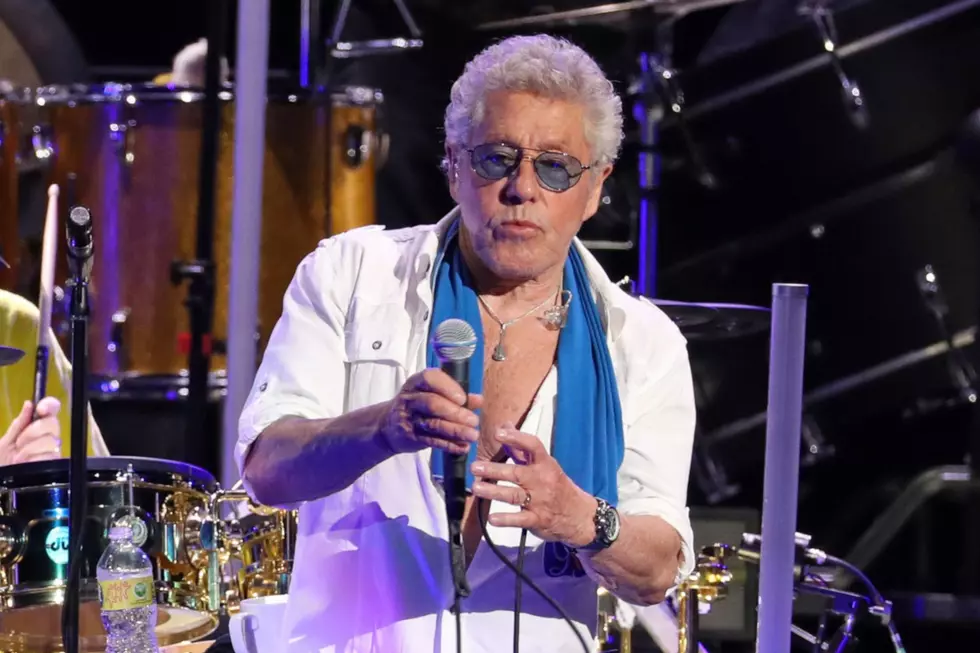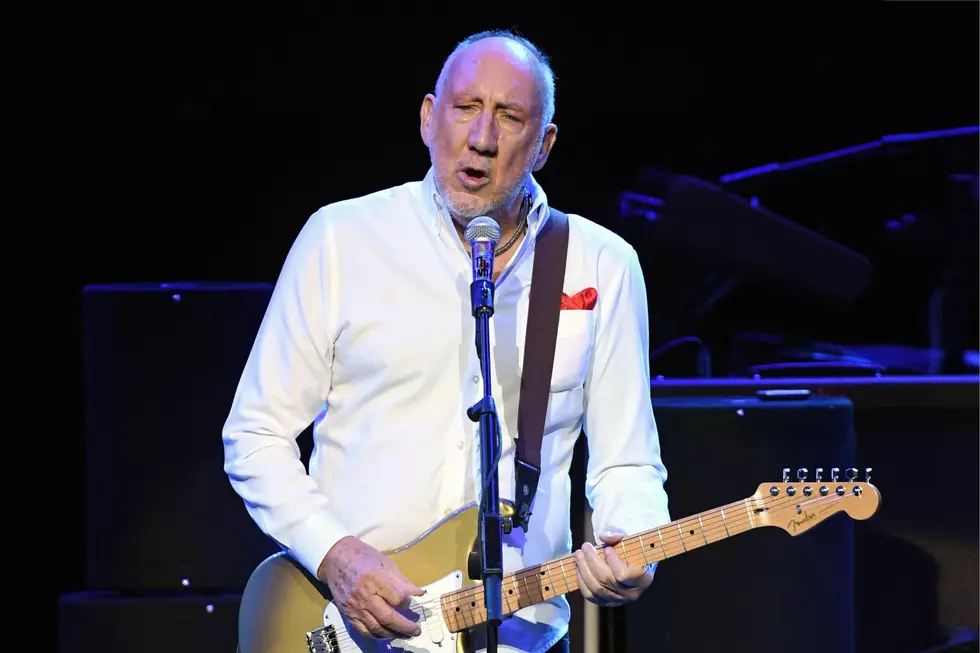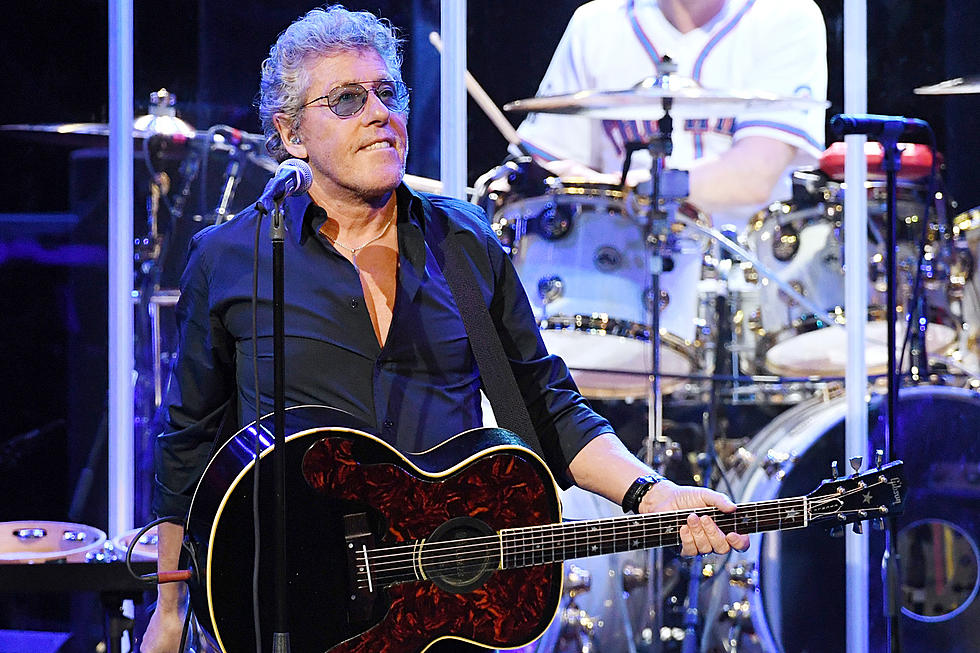
When the Who Returned With a Grand Statement on ‘Endless Wire’
Through the early part of the '00s, the future of the Who was muddy at best.
They had carried on with a reunion tour in 2002 despite the death of bassist John Entwistle, then released two new songs (“Old Red Wine” and “Real Good Looking Boy”) on hits package The Who: Then and Now. But a new album? C’mon, the band hadn’t released a new LP since 1982’s It’s Hard. Even diehards thought that was unlikely.
Yet somehow, surviving members Pete Townshend and Roger Daltrey managed to find the time, energy and friendship to make the minor masterpiece Endless Wire, even with Keith Moon and Entwistle gone and after decades of studio inactivity. Released on Oct. 30, 2006, Endless Wire hit No. 7 on the Billboard 200 and No. 9 on the U.K. album chart, and even sent tough rock gem “It’s Not Enough” into the Top 40 of Billboard Mainstream Rock Tracks chart. More importantly, it scratched an itch Who fans sorely needed.
In early 2005, Townshend and Daltrey were already talking about another reunion. Then Zak Starkey, son of Ringo Starr and The Who's touring drummer since the mid-'90s, took over behind the kit for Oasis. All the sudden, the Who’s shaky movement toward a new record and tour faltered.
“Roger and I spoke about trying to replace him, but decided to wait. It turned out to be a long wait," Townshend told me during the Endless Wire tour in 2006. “However, as I didn't have a complete album of songs ready, I didn't panic. By March, however, things had deteriorated somewhat between Roger and myself, only with respect to communication. It was a rather bleak period, and in the end we agreed to cancel the plans on the table.”
Without a Who LP to dig into, Townshend didn’t know what to do next. Mentally and artistically, he had spent months preparing for a reunion. Then, Townshend’s good friend and sometimes-producer Nick Goderson, who passed away in 2010, suggested the Who mastermind adapted his novella, The Boy Who Heard Music, into set of songs – maybe even a final rock opera.
To his surprise, Townshend was deeply inspired by the idea and dove right in. In a matter of months, Townshend had penned about 25 songs. He phoned his frontman, telling Daltrey to get ready to rock. Everything was back on the table: a reunion, new record and global tour.
A Halloween miracle for Who-heads, Endless Wire hit the ears sounding like an echo of the band’s best stuff. Recorded at Townshend’s home studio and Eel Pie Oceanic in London, the thundering drums (mostly provided by Peter Huntington while Starkey was off with Oasis), keyboards straight out of Who’s Next, dual lead vocals and bombastic-to-tender melodies, recalled the band’s classic ’70s aesthetic.
Listen to the Who Perform 'Fragments'
A few critics hated the new album: Robert Christgau wrote, “The album is unlistenable for a simple reason: Roger Daltrey. Now 62, he's incapable in body as well as mind of negotiating the first new Who material since 1982's dreadful It's Hard.” But most of them saw it for the glorious return to form it was.
In a four-star review, Rolling Stone’s David Fricke said, “Daltrey and Townshend have made a record as brazen in its way and right for its day as The Who Sell Out and Tommy were in theirs. … Daltrey's voice is deeper and darker now, even in total roar” and Allmusic said, “Like much of the best of the Who's work, the best of Endless Wire does indeed connect at a gut level.”
Certainly, Townshend was proud of his band’s first album in a quarter century.
“I wanted what we did after our last album to connect back to Who Are You or Quadrophenia, not to the post-Keith Moon years,” Townshend told me. “And I knew deep down it was not about who played drums, or how they played them. I knew I had to find a mindset that was almost Zen-like, I had to allow the music to flow. God, this sounds so pretentious. In truth, I just waited. I had no idea I would wait 24 years.”
Of course, no Who record matters if it doesn’t work live. The Who have always had clear A and B sides. The A side is the detail-oriented studio outfit that challenges the boundaries of recorded rock. The flip side is the band that destroyed more guitars and drum kits than any other in legendary live shows around the world. This meant it was key the songs on Endless Wire stood up in front of packed stadiums.
Townshend thought they did. With Starkey back behind the kit and bass superhero Pino Palladino (who had played with everyone from Don Henley to Jeff Beck to John Mayer), Townshend had no doubts about the band. Also, he never questioned Daltrey’s impressive work ethic.
“People should not worry that the show will be slow or boring because they don't know the new material,” he said to me while touring the album. “Roger put together a show that works well, with a good balance of old and new stuff. The response has been great, it is hard sometimes when people take their seats for a new song, but they soon stand up again.”
Sadly, the set didn’t usher in a new era for the band. Just two years later, they were back on the road but without a single song from Endless Wire in the setlist. Their final show of The Who Hits 50! tour at Desert Trip in October 2016 didn’t include a single song written after 1982.
Pete Townshend Albums Ranked
Why the Who's Drummer Invited Fans to Moon Him
More From Ultimate Classic Rock









